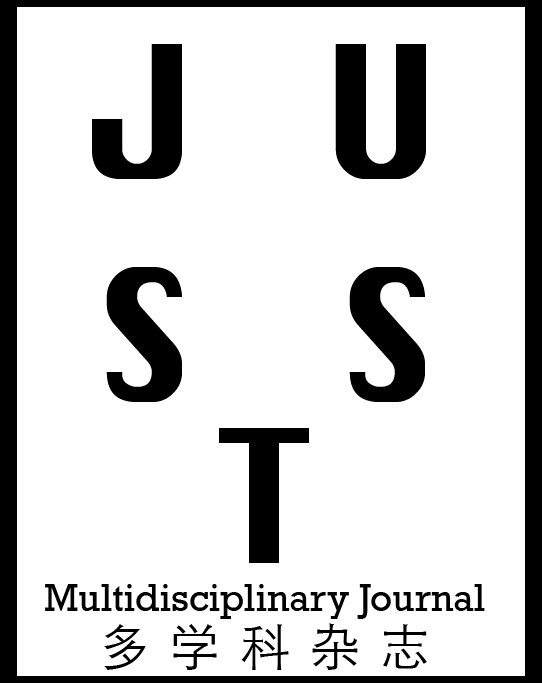Saniya Zahoor
Post Graduate Department of Computer Science, University of Kashmir, Hazratbal.
Shabir A.Sofi
Department of Information Technology, National Institute of Technology Srinagar.
Internet of Things: A Review of Functionality, Applications, Architectures and Challenges
Authors
Abstract
The Internet of Things (IoT) is an emerging paradigm that embodies the vision of merging smart objects while utilizing the internet as the backbone of the communication system to establish a smart interaction among physical entities in pervasive environments. In IoT, data is generated in realtime and stored in permanent repositories. Additional data in the form of meta-data that describes things adds to the data volume and to manage this data, architecture is required. IoT finds its applicability in a plethora of applications such as transportation, smart city, smart health, smart environment, home entertainment, sports, etc. but there is no universal architecture for all IoT implementations. We have layered architectures and domain-specific architectures for different IoT
applications. Besides a large number of architectures for IoT, it faces several potential challenges such as scalability, reliability, heterogeneity, etc. This paper presents an understanding of the Internet of Things in terms of its functionality, layered and domain-specific architectures, and its potential challenges.
